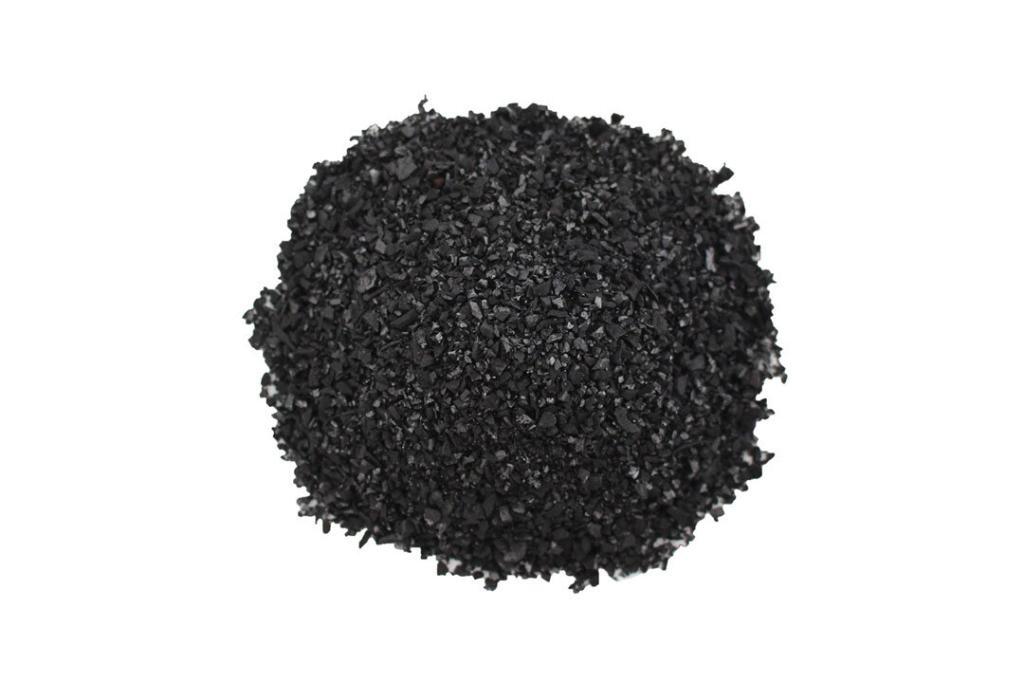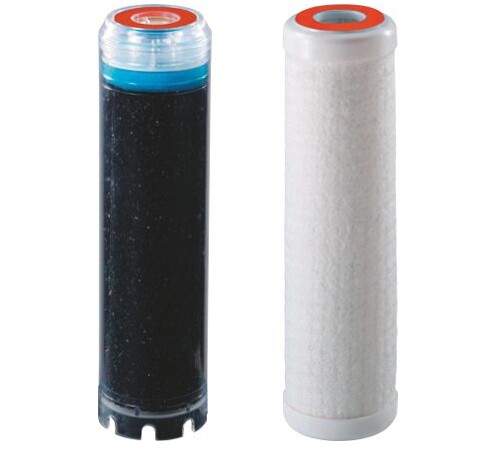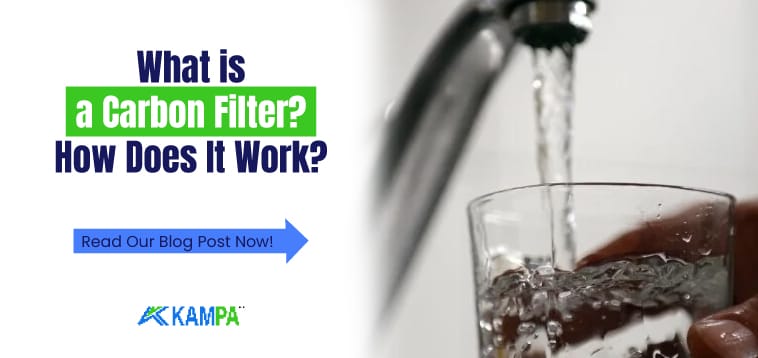What is a Carbon Filter? How Does It Work?
Granular activated carbon (GAC) is called activated carbon filter, which is used for hoods, extractor hoods, especially for removing organic chemicals from water.
Table of Contents
GAC filters can also be used to remove chemicals that give water an inappropriate odor or taste, such as hydrogen sulfide or chlorine.
How Do Carbon Filters Work?
Water purification removes harmful substances from water. Filtration, which physically blocks or chemically removes contaminants, is a different purification technique from reverse osmosis, which filters water through a semi-permeable membrane, and distillation, which distills water to separate it from contaminants. Carbon filtration is a relatively cheap and effective way to purify water.

Small pieces of carbonin granular or block form, treated to be highly porous.
Just one gram of activated carbon has a surface area of 500-3000m2. This surface area allows carbon filtersto be very effective in adsorbing pollutants and other substances.
In addition to surface area, activated carbon filters have different capabilities in terms of the size of the contaminants they remove. The active filter is about 50 microns to 0.5 microns. The more effective and smaller the pores, the more they can reduce water flow!
As water flows through carbon filters, chemicals adhere to the carbon, resulting in purer water output . Effectiveness depends on the flow and temperature of the water. Most small active filters should therefore be used with low pressure and cold water.
Activated carbon is usually made from coconut shell, wood or charcoal and sold as granular activated carbon or carbon blocks.

What Carbon Cannot Filter?
*Dissolved solids such as minerals, salts or metals such as iron that are not considered contaminants,
*Most microbiological matter includes cysts, coliforms and bacteria,
Radionuclides, although these are reduced, cannot be filtered out by activated carbon filters.*Dissolved solids such as minerals, salts or metals such as iron that are not considered contaminants,
*Most microbiological matter includes cysts, coliforms and bacteria,
* Inorganic contaminants such as lead, arsenic and asbestos,
* Radionuclides, although these are reduced, cannot be filtered out by activated carbon filters.
Inorganic contaminants such as lead, arsenic and asbestos,
More specifically, activated carbon may not be sufficient to remove the following substances.

Lead
In areas and buildings with soft water and old pipes, there can be a risk of lead in tap water. Normal activated carbon is not effective in removing this, but there are special filters such as TAPP 2 that remove lead very effectively.
Microbiological Contaminants
This is one of the most common drinking water problems in underdeveloped countries. Especially for waterborne gastrointestinal diseases (such as diarrhea with visitors). Activated carbon filters by themselves are often not sufficient to remove these contaminants.
Arsenic
It is common in some places where groundwater is contaminated. Activated Carbon removes 30-70% of arsenic but is not enough where this is highlighted as a real problem.
If your local water contains one or more of these substances, you should make sure that the filter reduces them to a safe level.
Often this means combining activated carbon with other types of filters such as Ion Exchange. Learn more about the best filtration technologies.
What Do Carbon Filters Filter?
Carbon filters are effective in removing many harmful chemicals. Used in Drinking Water Treatment Devices and water filter systems.
Some chemicals include chlorine, benzene, radon, solvents trihalomethane compounds, volatile organic chemicals such as pesticides and herbicides, and hundreds of man-made chemicals that can come into contact with tap water as it moves through the system.
With carbon filters it is possible to filter out these substances. In addition, the filters remove bad tastes and odors from the water.
What are Carbon Filter Types?

Generally there are two types of carbon filtration: granular activated carbon and block carbon. Activated carbon has some positive charge, so it can attract impurities, but block carbon has a higher contaminant removal rate.
However, there are many factors that influence this ratio, such as the amount of carbon per unit, water flow, the length of time the contaminants spend in contact with the carbon, and particle size.
Carbon can make particles from 50 micrometers to 0.5 micrometers.
In conclusion Carbon is a beautiful technology for water filtration and solves many problems, but not all. Therefore, in case of uncertainty, do not hesitate to contact us with any questions.

